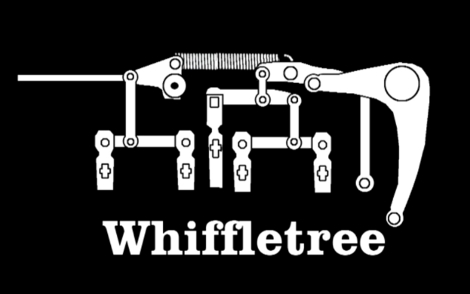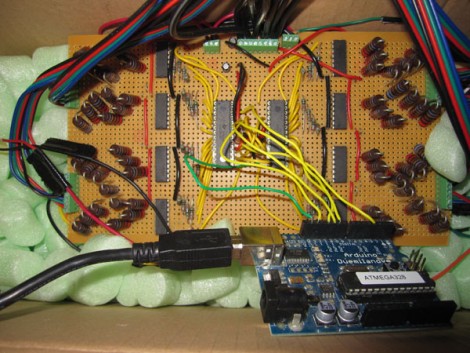
[Jeri Ellsworth] is at it again, this time she takes apart a hot wheels speed gun and in the process she does a good job of explaining how radar can be used to measure speed. She also demonstrates a way to determine if an object is approaching or receding from the radar gun.
The Doppler shift is one way to remotely measure the speed of an object. It works by measuring the change in frequency of a wave after it strikes an object. Rather than measuring the Doppler shift of the returning wave most radar guns use the phase shift. The reason is that the frequency shift of a relativly slow object (60mph), to a relitivly high frequency signal(10GHz) is small (about 0.893Hz), where the phase shift varies based on the distance of the object. This is all just a stepping stone in her quest to build a crude TSA body scanner.




















